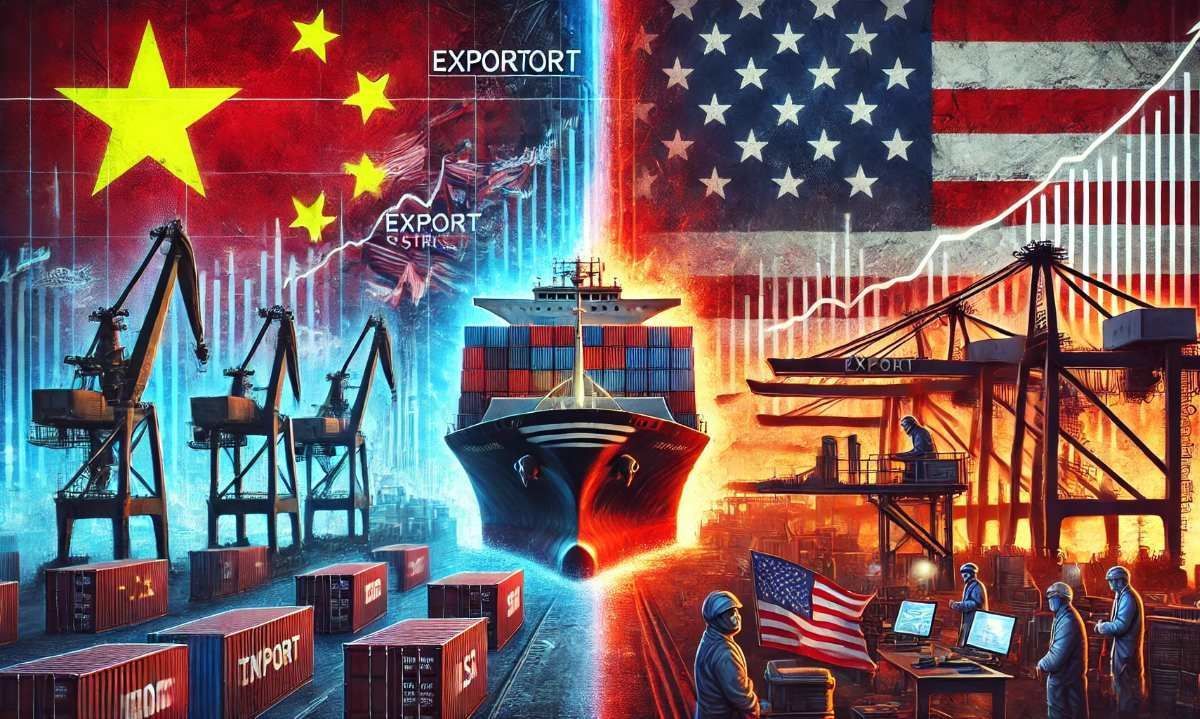
With trade tensions reigniting and new restrictions in place, the conflict between China and the U.S. is poised to escalate further, impacting key industries and affecting the global economy.
China announced a series of retaliatory measures against the United States on Tuesday, including restrictions on the export of five essential metals used in defense, clean energy, and other industries. This decision follows President Donald Trump’s recent imposition of an additional 10% tariff on Chinese imports.
Critical Metals Under New Restrictions
Beijing’s new export controls target tungsten, tellurium, bismuth, indium, and molybdenum. According to the official statement, export licenses will only be granted to companies complying with “relevant regulations,” though the Chinese government has not specified the exact criteria for compliance.
While these restrictions are significant, they do not match the magnitude of the export bans imposed in December, which included gallium, germanium, antimony, and superhard materials essential for technology and the semiconductor industry.
Impact on U.S. Industry
Some of the new restrictions may have a limited impact on the U.S. economy. For example, the United States is a major producer of molybdenum, a key metal used to strengthen steel and prevent corrosion, making it less dependent on Chinese imports, according to the U.S. Geological Survey (USGS).
Additionally, U.S. tariffs of 25% on indium and tungsten, in place since last year, have already led importers to diversify their supply chains. Over the past four years, less than 10% of U.S. indium imports have come from China, with South Korea, Japan, and Canada emerging as key suppliers, according to USGS data.
However, vulnerabilities remain. The U.S. ceased tungsten mining in 2015 and has not produced refined bismuth since 1997, relying entirely on imports for both materials. Despite a declining share of tungsten imports from China, the country remains the primary supplier, making any sudden disruptions potentially damaging to industries reliant on this resource.
China Imposes New Tariffs on U.S. Goods
China’s Ministry of Finance also announced new tariffs on U.S. goods. Starting February 10, the country will impose a 15% duty on coal and liquefied natural gas (LNG) imports. Additionally, tariffs on crude oil, agricultural equipment, and certain U.S.-manufactured cars will rise by 10%.
These measures come amid growing trade tensions between the two economic superpowers. President Trump, who recently began his second term, ordered a review of China’s compliance with the 2020 trade agreement reached during his first administration. The results of this review, expected by April 1, could pave the way for further trade sanctions.
An Escalating Trade Conflict
In 2018, during his first term, Trump launched a trade war against China by imposing reciprocal tariffs on hundreds of billions of dollars worth of goods. This dispute disrupted global supply chains and strained the world economy.
To end the conflict, China agreed in 2020 to purchase an additional $200 billion in U.S. goods annually. However, the Covid-19 pandemic disrupted the agreement’s fulfillment, and the U.S. trade deficit with China reached $361 billion in 2023, according to Chinese customs data released in December.
With trade tensions reigniting and new restrictions in place, the conflict between China and the U.S. is poised to escalate further, impacting key industries and affecting the global economy.




